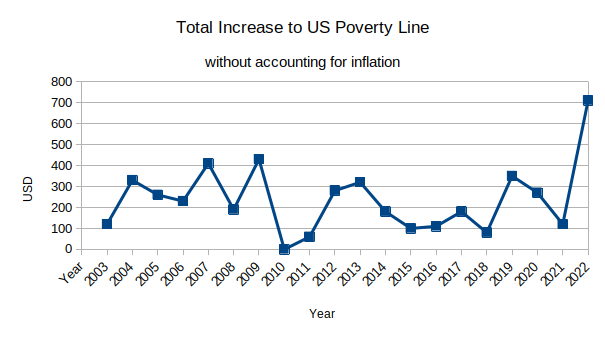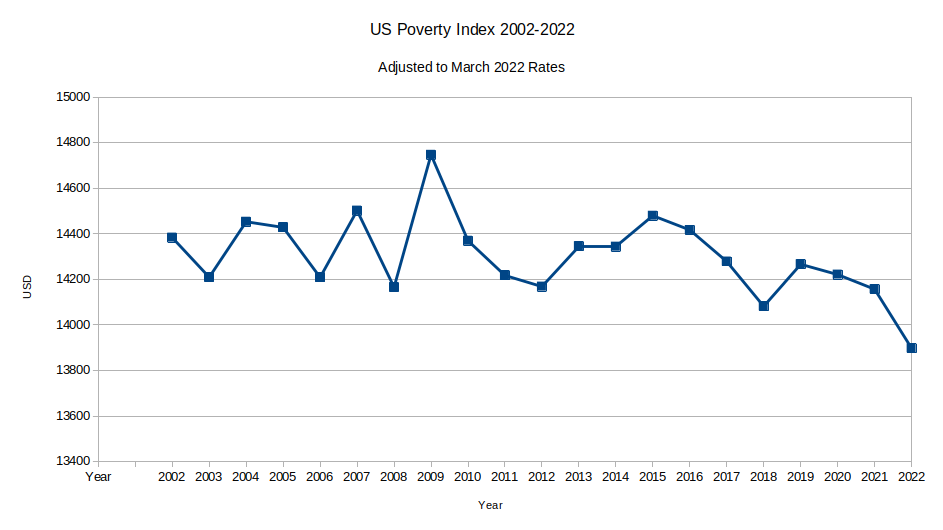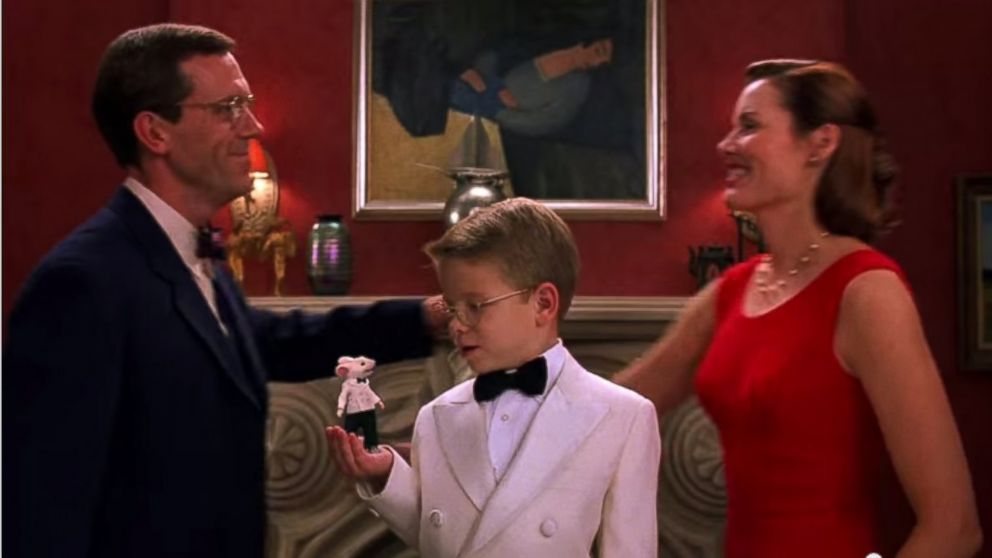As some people may know, I grew up in Syracuse, NY. Like many American kids, my history classes offered extensive lessons into the history of both my state (New York) and my specific area (Syracuse). The history of both of these places is much the same as other former-colony-turned-American-
Cue my surprise to read about an existing and functional canalway between Glasgow and Edinburgh. A recent Smithsonian Magazine article talked about the history of the canal and the writer paddled across Scotland for a holiday. Why did Abe and I never look into this? Don’t worry — it’s been added to our to-do list for whenever we are next in Scotland. Apparently the first canals were built in Scotland in the 1760s, although most have since been abandoned or are defunct waterways. The following map shows all of the waterways in the UK and Ireland with canals in orange, rivers in blue, and streams in grey.

The image shows a map of the U.K. and Ireland, with the coasts outlined in blue-green, rivers as a tangle of thick blue lines, and streams as gray mass between the blue veins of the rivers. The canals are orange lines that connect various rivers to each other. The most extensive canal network was in South and Central England, with one large canal line across southern Scotland from Glasgow to Edinburgh. There are a couple smaller canals further North in Scotland, and there are several long canals extending into Ireland, mostly leading back to Dublin. You can also see just a bit of France in the bottom right corner.
Canals weren’t as big in Scotland as they were in England, but you can see the clear horizontal line connecting the west coast (Glasgow reaches the ocean thanks to the River Clyde) to the east coast (Edinburgh is already on the ocean). The connection is actually made of two canals. From the West, the Forth and Clyde Canal runs east to Falkirk, and from the east, the Union Canal runs west to Falkirk. The canals haven’t been used for industry since the early 20th century and a number of the locks were filled in during the 1960s. The Union Canal in particular had had its 11 locks disengaged back in 1933 before they were filled in. The canals began a slow slide throughout the last century from ‘important shipping route’ to ‘garbage dump’ and were on the verge of being completely paved over or filled in, due to their danger to local communities — crumbling infrastructure, drowning risk, harzardous waste dump, and of course the insects and animals that love a swamp. But starting in the 1980s, preservation groups took an interest.
British Waterways was the original organization that spoke for the Scottish canals, but they soon split off into a new group called Scottish Canals, who wanted to bring life and purpose back to the old canals. What is a canal if not a manmade river? There is already extensive research showing how access to nature and greenery, such as along a river, has a wide number of benefits for the local community and the residents therein. Revitalizing an existing canal would offer this same benefit to a community without the luck of a natural river area. Apparently the 1990s had efforts to change the local image of the canals with houseboat residents and amateur boaters alike being asked to use the waterways. The Smithsonian article interviews a University of Glasgow professor who I’ve met (with the outrageously memorable name of Minty Donald) who was one of the early adopters of the Scottish canals for houseboat living. I personally cannot attest one way or the other as to the visual impact or impression of the canals as we lived near the River Clyde and never went near the canal.
Part of the revitalization efforts was the need to reconnect Glasgow to Edinburgh — those closed locks made the trip unnavigable. Enter the Falkirk Wheel! The Scottish government wanted a project to invest in for the new millennium and the case was made that reconnecting the canals was also a way to connect the Scottish past with the future and to reinvest in the existing infrastructure of the country. Construction began in 1998 and was fully completed in 2002, finally reconnecting the two cities by water for the first time in 70 years.
This is an approach more countries should be considering. A number of fields look to existing water powers to reduce the dependence on fossil fuels, but especially international shipping has started to bring old fashioned technologies into the future through wind and water. Reintegrate the canals! It is far easier to move items – or people – on water than on land, and in many cases, the infrastructure is still there. It’s slower than moving things by truck or rail, but given the degree to which we need to chill out as a species, that’s far from a bad thing. The issue is the funding to update and maintain said infrastructure. This is finally, finally, finally starting to become an issue around the globe (mostly due to how many systems are falling apart thanks to neglect), but there is a lot still to be done, and will only get done with large numbers of people highlighting what needs fixing. But changing the community’s engagement with their local waterways, à la Scottish Canals, is a good start.
Tegan is back! Well, for me she never left, but she’s been working overtime the last month, so she couldn’t help out at this end of things. As always, if you like the content of this blog, please share it around, and please consider supporting this work at patreon.com/oceanoxia. Due to my immigration status, I’m not allowed to engage in conventional wage labor, so writing is my only form of income. Even as little as 1$ a month can make a big difference when a crowd of people are pitching in, so every little bit really does count!



